Q: Within our X-ray department we have a room (7.5 ft. x. by 10 ft.) that was our dark room for film reading years ago. We would like to make this a sleep room for staff that get called in. It has a sprinkler head; if we install a sounder base detector can we make this a sleep room and be compliant?
A: Sleeping with the old X-ray developing chemicals….? What a lovely thought.
Yes, I think you can convert this room to a staff sleep room. Your thought of putting in a smoke detector with an occupant notification device is good, but let’s look at the other items that may be needed.
First you need to confirm which occupancy chapter you need to comply with. Staff sleeping rooms is not covered under the Healthcare occupancy chapters, so you would consider “Lodging or Rooming Houses” occupancy or “Hotels or Dormitories” occupancy chapter. Reviewing the definitions of each, “Hotels or Dormitories” occupancy chapter is for 16 or more people, and “Lodging or Rooming Houses” occupancy chapter is for no more than 16 people. So, I would say that you need to follow “Lodging or Rooming Houses” occupancy chapter, and specifically, chapter 26 for new construction.
Section 26.3.4.5.1 of the 2012 Life Safety Code requires single-station smoke alarms must be installed in every sleeping room. So, according to this requirement, you would need to install a single-station smoke alarm, that has an annunciating device as you suggested. Some AHJs allow hospitals to install a building smoke detector in lieu of a single-station smoke alarm, but be aware not all AHJs see it that way.
Section 26.3.5.1 requires the sleeping room to be separated from the corridor by smoke partitions. So that means there cannot be any louvers in the door or walls.
Section 26.3.5.7 requires the door to the sleeping room to be self-closing (i.e. door closer) if the building is not fully protected with automatic sprinklers.
Section 26.3.6.1 requires the sleeping room to be protected with sprinklers, as you mentioned.
According to section 26.2.3.5.1, the door to the sleeping room cannot be locked against the means of egress. But section 19.2.2.2.4 covers that in depth and only allows certain exceptions to door locks. Keep in mind that section 7.2.1.5.10.2 does not allow the installation of deadbolt locks that are separate from the latch-set hardware.
As always, have this plan reviewed and approved by an architect and then obtain necessary approvals from your state and local authorities.
That should do it….
Brad Keyes, CHSP, is the owner of KEYES Life Safety Compliance, and his expertise is in the management of the Life Safety Program, including the Environment of Care and Emergency Management programs.
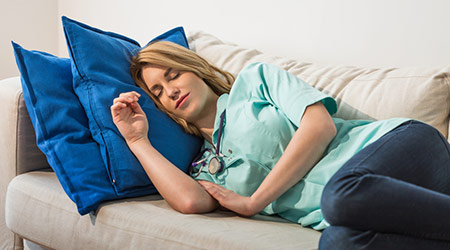
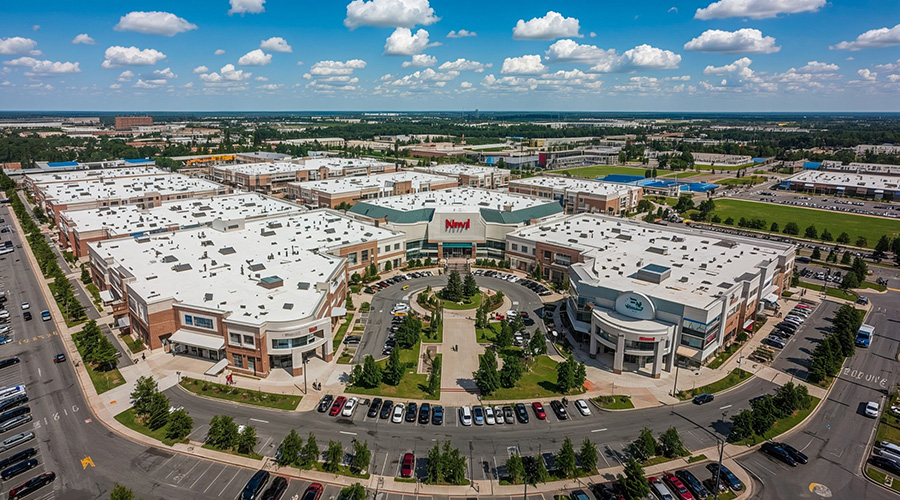 Healthcare Is the New Retail
Healthcare Is the New Retail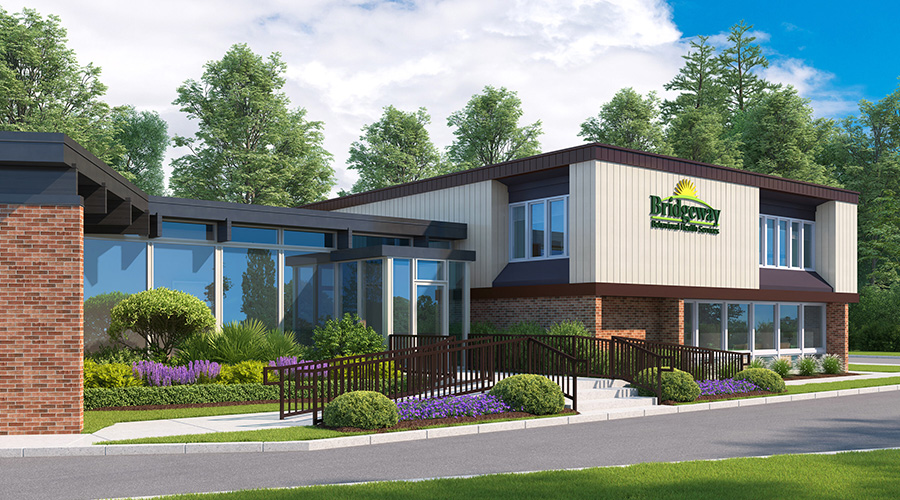 Bridgeway Behavioral Health Services Launches Campaign to Renovate Health Center
Bridgeway Behavioral Health Services Launches Campaign to Renovate Health Center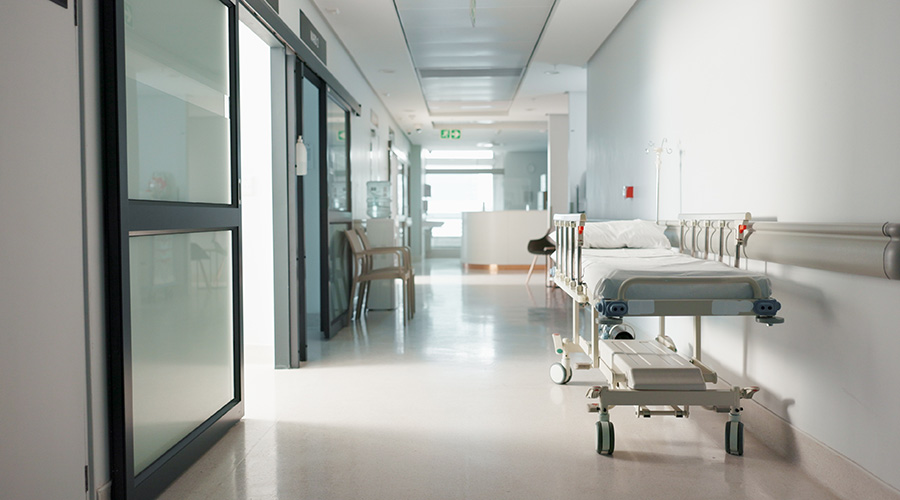 Ground Broken for New North Dakota State Hospital
Ground Broken for New North Dakota State Hospital AI Usage for Healthcare Facilities
AI Usage for Healthcare Facilities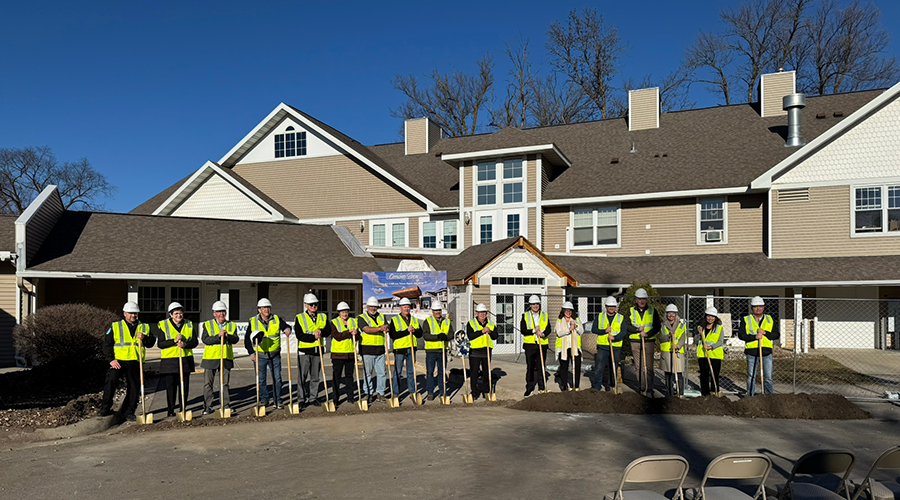 Ground Broken on Pelican Valley Senior Living Modernization Project
Ground Broken on Pelican Valley Senior Living Modernization Project